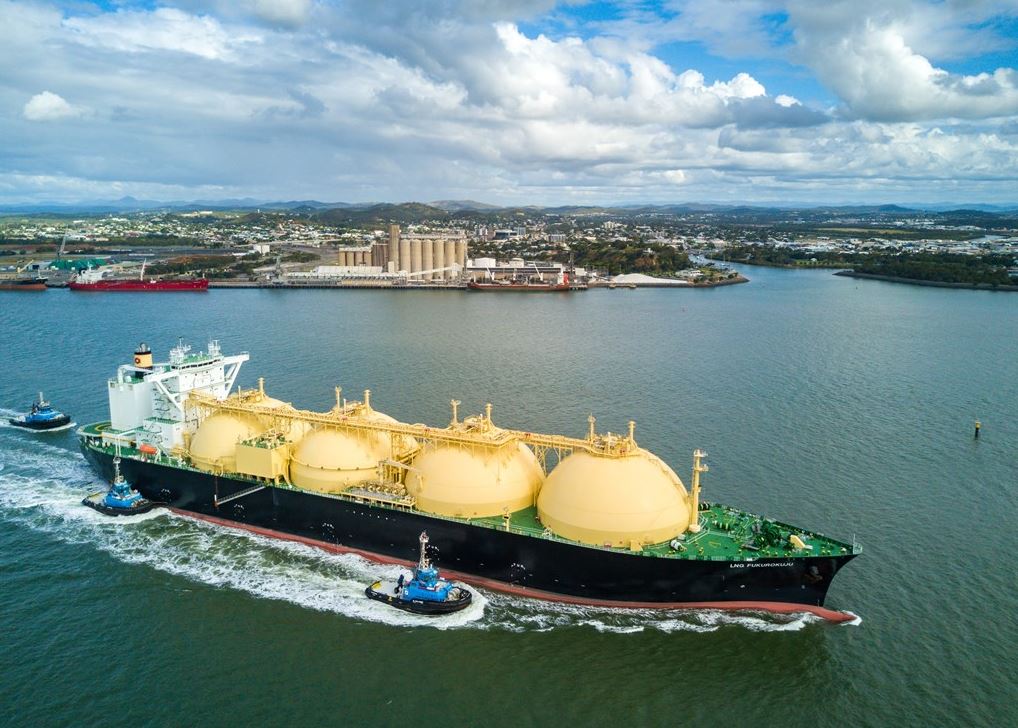LNG exports from the Gladstone port in Australia’s Queensland dropped by 4.6 percent in September due to lower volumes going to Japan, Malaysia, and Singapore, according to data by Gladstone Ports Corporation.
Last month, about 1.902 million tonnes of LNG or 30 cargoes left the three Gladstone terminals on Curtis Island.
This compares to 1.994 million tonnes or 31 cargoes in September 2021, the data shows.
Compared to the previous month when LNG exports reached some 1.837 million tonnes of LNG or 29 cargoes, September LNG exports rose by about 3.5 percent.
Most of these September LNG exports or 1.213 million tonnes landed in China, marking a rise of almost 17.7 percent when compared to 1.030 million tonnes last year.
GPC’s data shows that this is the first monthly rise in Chinese LNG volumes this year.
Besides China, volumes to South Korea also rose to 381,055 tonnes from 271,575 tonnes last year.
However, Gladstone LNG plants sent less LNG to Japan (127,213 tonnes), Malaysia (123,152 tonnes), and Singapore (57,295 tonnes) when compared to the last year, the data shows.
Curtis Island is home to the Santos-operated GLNG plant, the ConocoPhillips-led APLNG terminal, and Shell’s QCLNG facility. These are the only LNG export facilities on Australia’s east coast.
Australia recently signed a new heads of agreement with these producers to prevent a gas supply shortfall and secure gas for the domestic market.
The new commitments from the three projects would lead to an extra 157 PJ for the domestic market in 2023.

